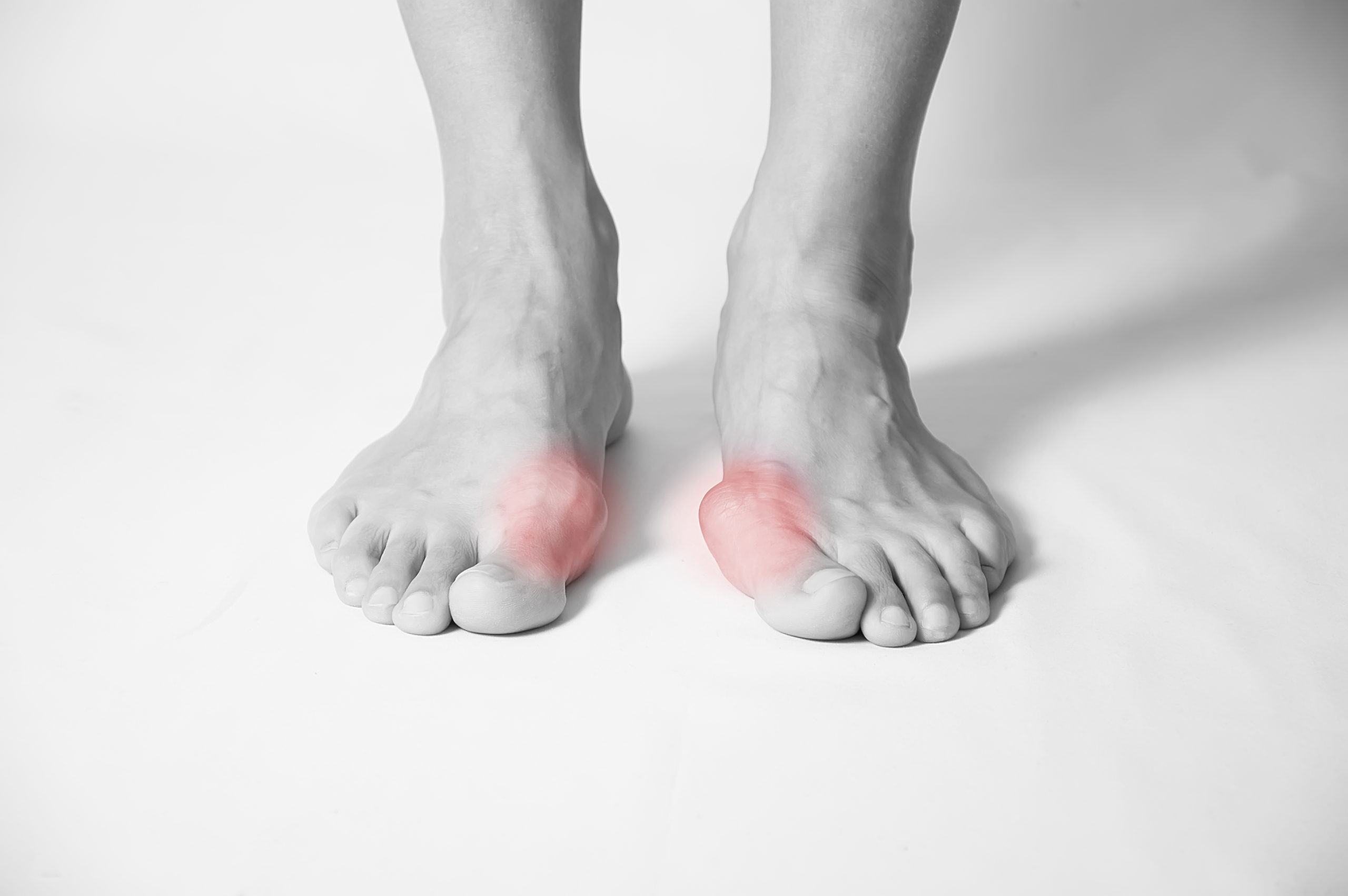Traditional martial arts
Traditional martial arts focuses on katas, or forms, and uses both basic techniques and advanced combinations. Traditional martial arts training often encompasses a mix of stretching, bag or pad training, and sparring. Often the primary goal of traditional martial arts is self-defense, with physical action as a last resort.
Modern martial arts
While traditional martial arts are popular with dojos, or schools widely available, modern martial arts is less focused on form and self-defense and more focused on aerobic exercise and fitness. Training may include kickboxing classes, tae-bo aerobics, and similar programs. These classes mix stretching with basic techniques and an emphasis on cardiovascular exercise.
Martial arts injuries
Martial arts injuries occur in both traditional and modern practices and may range from minor to severe, and for some patients, may even be debilitating. The most common martial arts injuries include plantar fasciitis, Achilles tendonitis, ankle sprains, sesamoiditis, hematomas (particularly of the nail bed under the toenails), dislocated joints, and fractures of bones in the feet and lower legs.
While some of these injuries may be due to overuse, particularly plantar fasciitis, sesamoiditis, and Achilles tendonitis, others occur often due to a direct blow or poor form during a particular movement, resulting in injury. Repetitive-use injuries are seen both in the supporting leg, as well as in the leg or foot that performs a kick or other move. Dislocations and fractures may also be seen in both, but are far more common in the leg, ankle, or foot involved in giving or receiving a direct blow from an opponent, or due to a direct blow to a training bag.
Treatment for martial arts injuries may range from simply resting, icing and elevating the affected area to more involved treatments including casting or a boot for immobilization, use of special wraps or supports during practice and performance, or more invasive surgical procedures. The particular treatment and length of time for treatment and recovery will depend on the injury, the patient’s overall health, and how well the injury responds during the treatment process. Of course, the success of treatment also depends on the patient’s ability to follow his or her podiatrist’s instructions for recovery and not returning to martial arts practice before they are ready.
Protecting yourself from martial arts injuries
Although injuries do happen even to the most seasoned martial arts practitioners, there are steps you can take to help minimize your injury risk. First and foremost, use proper form. In fact, proper form is your best bet for preventing martial arts injury. Know your own limits, and if you don’t feel ready for a move, don’t do it, even if your instructor thinks you should. If the moves you will be performing require special equipment, always use that equipment even if it feels hot or uncomfortable. The equipment exists for your safety and for the safety of those who train and spar with you.
Should you feel a twinge, pain, poke, pop, sprain, or other sign of trouble, take a moment to assess the situation and use caution before returning to your training. When in doubt, seek professional evaluation and treatment from your podiatrist at Kansas City Foot Specialists. Seeking treatment at the first sign of injury may help to prevent future injuries, as well as prevent existing injuries from worsening. Without proper treatment, even a minor injury may become serious.
If you have suffered from a martial arts injury to your feet, ankles, or legs, or have other lower extremity concerns, call Kansas City Foot Specialists today at (913) 338-4440 to schedule an appointment. We look forward to helping you turn your “owies” back into “aiyahs!”


